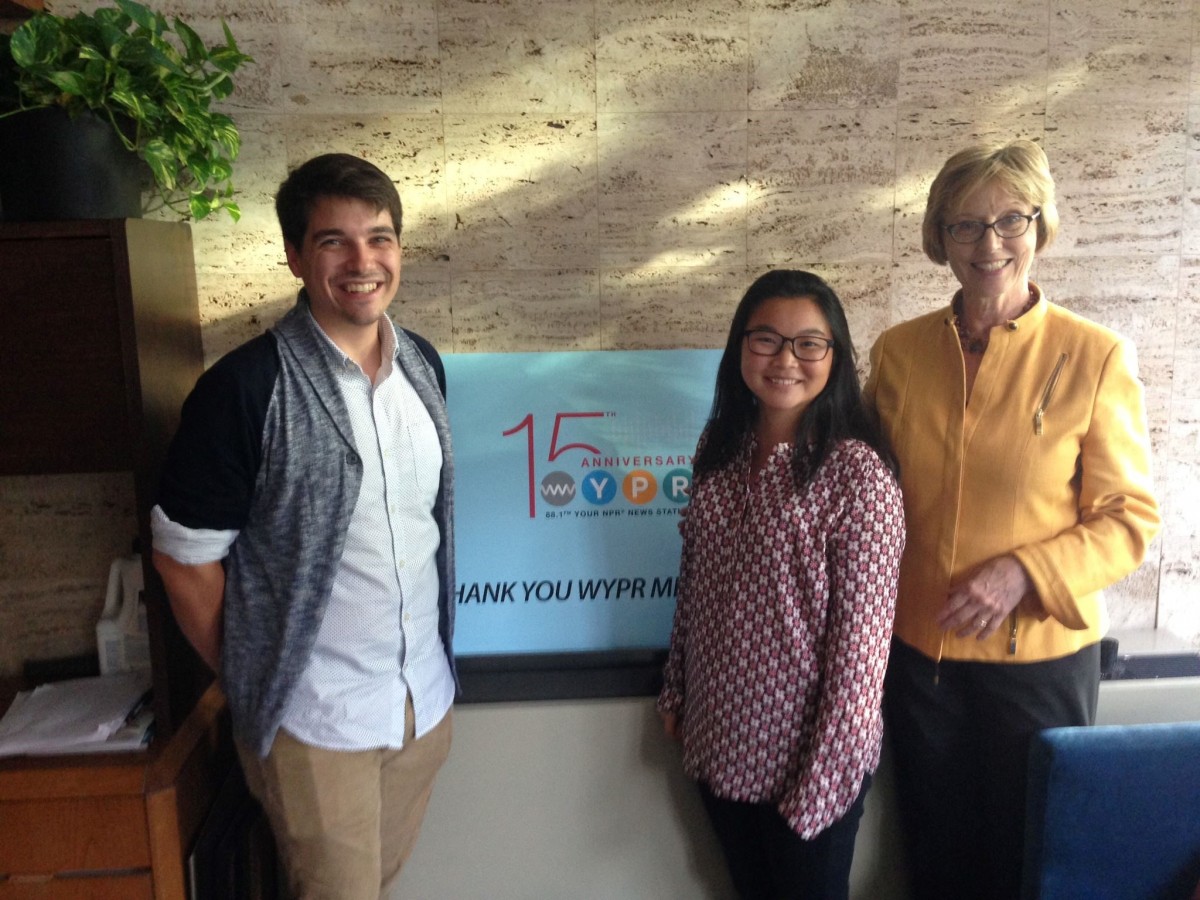“You’ve heard about some of these pet projects, they really don’t make a whole lot of sense, and sometimes these dollars go to projects that have little or nothing to do with the public good. Things like fruit fly research in Paris, France. I kid you not.” -Sarah Palin
As a graduate student in a lab that uses fruit flies to better understand human disease, I clearly disagree with this stance. It will also come as no surprise that a student group I volunteer with—Project Bridge—uses this quote to shine a light on the importance of engaging the public to share the value of primary science research. Project Bridge was founded in 2013 with the mission of fostering public interest in primary science research. In the last four years, that mission has expanded to include other areas of focus, such as producing new advocates for science research and funding, and to improve communication skills of scientists.
This October, co-presidents of Project Bridge—Meiling May and Kevin Monk—were interviewed by Sheilah Kast for On the Record with WYPR. One of my favorite parts of this interview came when Kevin Monk described his research, and he used the phrase “neural representations of these flashes of light.”
Sheilah Kast expressed some confusion as to what that meant, and he quickly adapted his response to be more clear and accessible. Their exchange was a fantastic representation of how easily scientists can be misunderstood, and how engaging with the public helps us as scientists to adapt our message, which in turn leads to better understanding and more engagement. We cannot expect people to be excited about what they do not understand.
In addition to sharing their own research, Meiling and Kevin explained the variety of ways Project Bridge interacts with the greater Baltimore community. The main focus of the interview was the annual Brainfest, which is a daylong event consisting of a mixture of hands on demonstrations and informal science talks from local neuroscientists. However, the group organizes many other events that are held throughout the year:
Science at the Market: Once a month during the summer, graduate students set up interactive science demonstrations at the Waverly Street Farmers Market.
Science Outside the Lines: This is a program held at Henderson-Hopkins Elementary school in collaboration with the non-profit Art with a Heart, which works to teach science through art.
Baltimore Science Cafe: Project Bridge invites local professors to give research talks in a casual format that are geared to a general audience, and followed by a question and answer session.
Why is it important to encourage the public’s interest in science? First, it could be considered a responsibility that we have as scientists, because tax dollars often pay for our research and stipends. Second, diversity in science is crucially important. Students can be turned away by the traditional methods used to teach science, and hopefully some of these events will encourage them to explore science as a career. For these reasons and many others, Project Bridge is out on the streets of Baltimore as our ambassadors, and, if you’ve been looking for a student group to get involved with, look no further.
Photo details: Project Bridge co-presidents Meiling May and Kevin Monk with WYPR's Sheilah Kast; Image courtesy Melissa Gerr, WYPR
